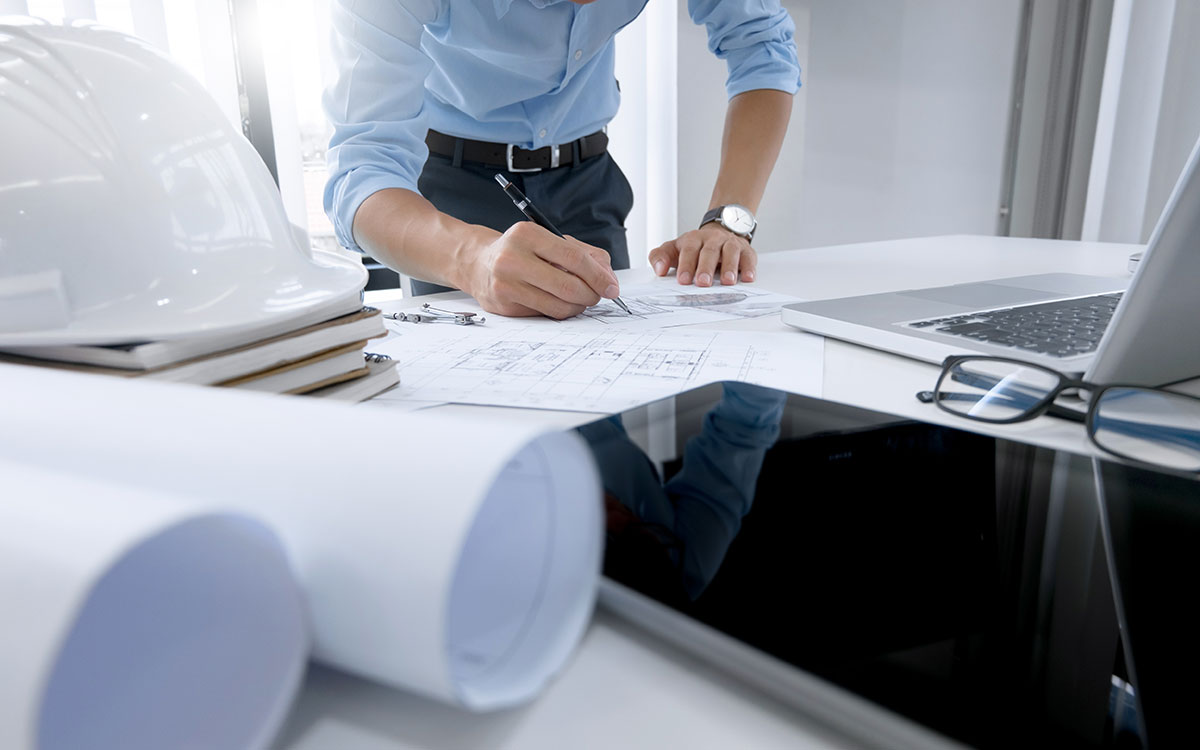In the ever-evolving landscape of the construction industry, the concept of sustainability has shifted from being a mere buzzword to becoming the cornerstone of modern project management. As a seasoned professional deeply entrenched in the world of real estate development, I’ve come to appreciate the intricate dance of sustainable project management—a delicate balance of environmental stewardship, economic viability, and social responsibility. Through this personal blog, I aim to share insights from my journey, highlighting the pivotal role of sustainable practices in shaping the future of construction.
Embracing a Holistic Approach
Sustainable project management transcends the traditional focus on time, cost, and quality. It demands a holistic approach, considering the long-term impacts of construction projects on the environment and society. This paradigm shift required a reevaluation of my methodologies, pushing me to integrate sustainability at every project phase, from conception to completion.
Planning with Purpose
The initial planning stages set the tone for sustainability. It’s here that we define the project’s environmental goals, whether it’s minimizing carbon footprint, maximizing energy efficiency, or preserving natural habitats. This stage is critical, as it lays the groundwork for the decisions and strategies that follow. In my experience, success hinges on setting clear, achievable sustainability targets that align with broader project objectives.
Designing for the Future
Design is where vision takes form. Adopting sustainable design principles means going beyond aesthetics and functionality. It involves selecting materials that are not only durable and cost-effective but also environmentally friendly. It’s about designing buildings that consume less energy, water, and resources, ensuring they contribute positively to their surroundings. This phase often requires innovative thinking and a willingness to explore new technologies and methodologies.
Navigating the Challenges
The path to sustainable construction is fraught with challenges. From regulatory hurdles to budget constraints, the journey is complex. Yet, these obstacles are not insurmountable. They are opportunities to innovate, to find creative solutions that align with sustainable goals without compromising project viability.
Overcoming Cost Concerns
One of the most common challenges is the perceived high cost of sustainable construction. Initially, I faced skepticism from stakeholders concerned about the bottom line. However, by demonstrating the long-term economic benefits of sustainability, such as reduced operational costs and increased property value, I was able to shift perspectives. Sustainable construction is an investment in the future, one that pays dividends not just financially but also environmentally and socially.
Staying Ahead of Regulations
Regulatory environments are constantly evolving, often becoming more stringent in their environmental requirements. Staying ahead of these changes is crucial. It requires a proactive approach, anticipating future regulations and integrating them into the project planning and execution phases. This not only ensures compliance but also positions projects as leaders in sustainability, setting new standards for the industry.
Leveraging Technology and Innovation
In the quest for sustainability, technology and innovation are invaluable allies. From Building Information Modeling (BIM) to renewable energy systems, technological advancements have opened new avenues for sustainable construction.
Harnessing the Power of BIM
BIM has been a game-changer, allowing for more efficient and sustainable project management. By creating detailed digital representations of projects, BIM enables better decision-making, reduces waste, and improves coordination among stakeholders. It’s a tool that has become indispensable in my work, enabling me to visualize the sustainability aspects of a project and optimize them for better outcomes.
Exploring Renewable Energy and Green Technologies
Incorporating renewable energy sources like solar and wind into projects is no longer an option—it’s a necessity. Similarly, green technologies such as green roofs, rainwater harvesting systems, and advanced insulation materials are becoming standard features in sustainable construction. These technologies not only reduce the environmental impact of buildings but also enhance their resilience and adaptability to changing climate conditions.
Building a Legacy of Sustainability
Sustainable project management is more than a professional practice; it’s a personal commitment to leaving a positive legacy. Each project is an opportunity to contribute to a more sustainable world, to create spaces that not only serve their immediate purpose but also enrich their communities and environments.
Fostering Collaboration and Education
Achieving sustainability in construction is a collective effort. It requires collaboration among architects, engineers, contractors, and clients. One of my key roles has been to foster this collaborative spirit, encouraging all stakeholders to embrace sustainability as a shared goal. Equally important is the aspect of education—raising awareness about sustainable practices and their benefits among the workforce and the broader community.
Moving Forward
As I reflect on my journey in sustainable project management, I’m filled with a sense of optimism. The challenges are many, but the opportunities are boundless. The construction industry is on the cusp of a green revolution, and I’m proud to be part of this transformative movement.
In closing, I invite my peers, partners, and the next generation of construction professionals to join me in this endeavor. Together, we can redefine the landscape of construction, building a future that is not only structurally sound but also environmentally sustainable and socially responsible. The art of sustainable project management is a journey of continuous learning, innovation, and commitment. Let’s embrace this journey, for in our hands lies the power to shape a better, greener future.
